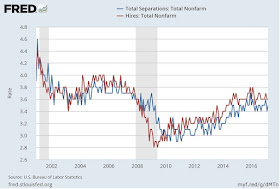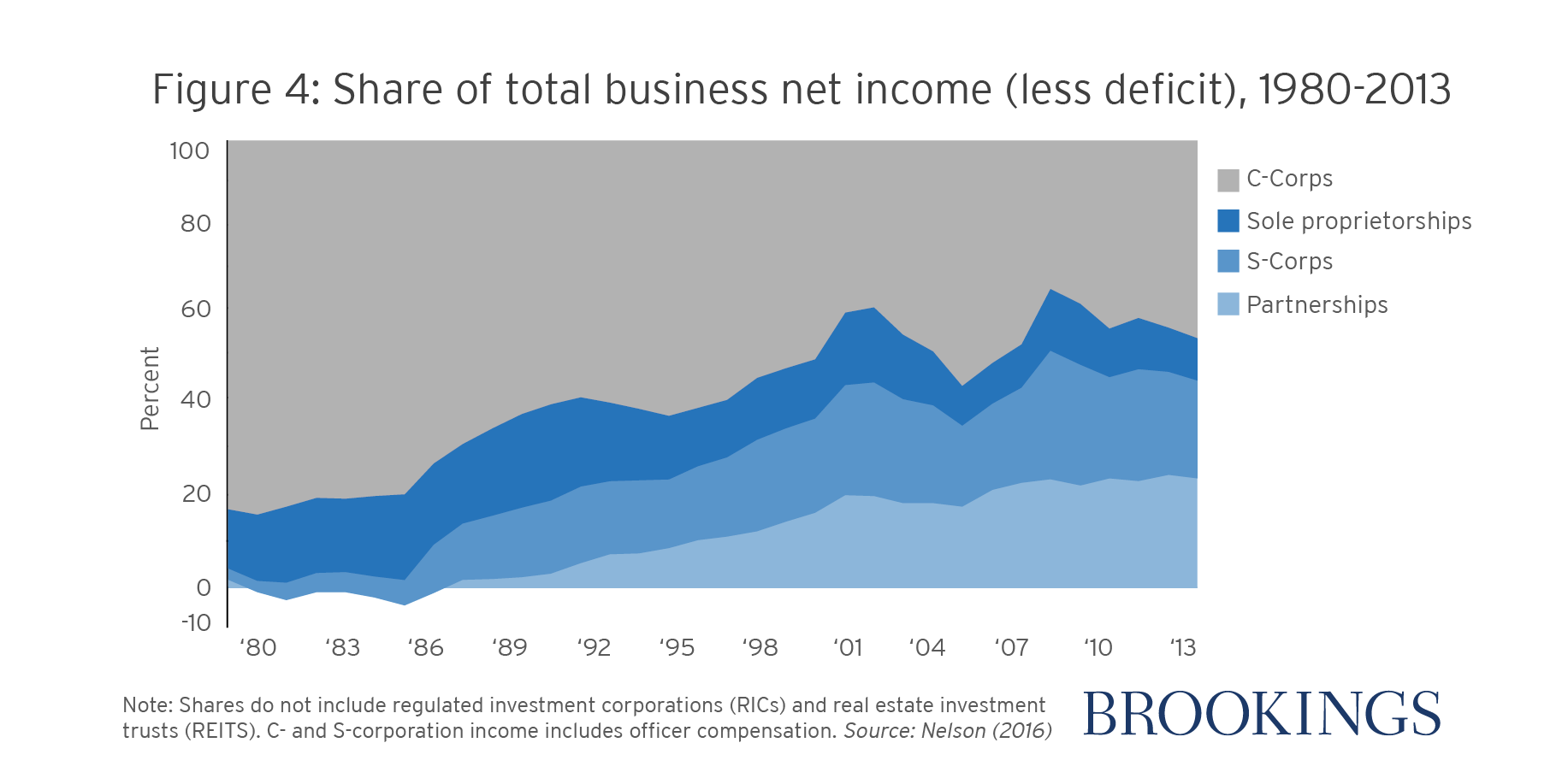From the the introductory essay by Stephanie M. Jones and Emily J. Doolittle, called "Social and Emotional Learning: Introducing the Issue:"
"Research increasingly suggests that social and emotional learning (SEL) matters a great deal for important life outcomes like success in school, college entry and completion, and later earnings. This research also tells us that SEL can be taught and nurtured in schools so that students increase their ability to integrate thinking, emotions, and behavior in ways that lead to positive school and life outcomes. Although the term social and emotional learning has been around for 20 years, we’ve recently seen a rapid surge in interest in SEL among parents, educators, and policymakers. ... All 50 states have SEL standards in place at the preschool level, and four (Illinois, Kansas, West Virginia, and Pennsylvania) have SEL standards for kindergarten through 12th grade. ... We also know that teachers believe SEL skills can be taught, although they may not always know the best way to do so in their classrooms. ... SEL goes by many other names. Common terms for this set of skills include character education, personality, 21st-century skills, soft skills, and noncognitive skills, just to name a few. ...
"But what are we talking about when it comes to SEL? Researchers, educators, and policymakers alike have trouble pinning down exactly what’s included in this broad domain—and what isn’t. The popular press has highlighted a wide array of skills, such as grit, empathy, growth mindset, social skills, and more. At its core, SEL involves children’s ability to learn about and manage their own emotions and interactions in ways that benefit themselves and others, and that help children and youth succeed in schooling, the workplace, relationships, and citizenship. To effectively manage emotions and social interactions requires a complex interplay of cognitive skills, such as attention and the ability to solve problems; beliefs about the self, such as perceptions of competence and autonomy; and social awareness, including empathy for others and the ability to resolve conflicts. ...
"Decades’ worth of research suggests that something other than academic skills and content knowledge strongly influences success in school and beyond. Indeed, SEL skills may be just as important as academic or purely cognitive skills for understanding how people succeed in school, college, and careers. In addition, preliminary evidence suggests that SEL skills could be central to understanding and remediating stubbornly persistent gaps in achievement defined by income and racial/ethnic differences. ..."From the abstract of the article called "SEL Interventions in Early Childhood," by Megan M. McClelland, Shauna L. Tominey, Sara A. Schmitt, and Robert Duncan:
"Three strategies appear to make interventions more successful, the authors write. First, many effective SEL interventions include training or professional development for early childhood teachers; some also emphasize building teachers’ own SEL skills. Second, effective interventions embed direct instruction and practice of targeted skills into daily activities, giving children repeated opportunities to practice SEL skills in different contexts; it’s best if these activities grow more complex over time. Third, effective interventions engage children’s families, so that kids have a chance to work on their SEL skills both at school and at home. Family components may include teaching adults how to help children build SEL skills or teaching adults themselves how to practice and model such skills.
"Are early childhood SEL interventions cost-effective? The short answer is that it’s too soon to be sure. We won’t know how the costs and benefits stack up without further research that follows participants into later childhood and adulthood. In this context, we particularly need to understand how the long-term benefits of shorter, less intensive, and less costly programs compare to the benefits of more intensive and costlier ones."From the abstract for "Promoting Social and Emotional Competencies in Elementary School," by Stephanie M. Jones, Sophie P. Barnes, Rebecca Bailey, and Emily J. Doolittle:
"But evidence from the most rigorous studies of elementary-school SEL programs is ambiguous. Some studies find few or no effects, while others find important and meaningful effects. Or studies find effects for some groups of students but not for others. What causes such variation isn’t clear, making it hard to interpret and act on the evidence. What are the sources of variation in the impacts of SEL programs designed for the elementary years? To find out, Stephanie Jones, Sophie Barnes, Rebecca Bailey, and Emily Doolittle examine how the theories of change behind 11 widely used school-based SEL interventions align with the way those interventions measure outcomes. Their central conclusion is that what appears to be variation in impacts may instead stem from imprecise program targets misaligned with too-general measures of outcomes. That is to say, program evaluations often fail to measure whether students have mastered the precise skills the programs seek to impart."From the abstract for " Social and Emotional Learning Programs for Adolescents," by David S. Yeager:
"On the positive side, Yeager finds that effective universal SEL can transform adolescents’ lives for the better. Less encouragingly, typical SEL programs—which directly teach skills and invite participants to rehearse those skills over the course of many classroom lessons—have a poor track record with middle adolescents (roughly age 14 to 17), even though they work well with children. But some programs stand out for their effectiveness with adolescents. Rather than teaching them skills, Yeager finds, effective programs for adolescents focus on mindsets and climate. Harnessing adolescents’ developmental motivations, such programs aim to make them feel respected by adults and peers and offer them the chance to gain status and admiration in the eyes of people whose opinions they value."Those interested in this subject might also look back at my post on "The Economics of Noncognitive Skills" (October 14, 2016).









